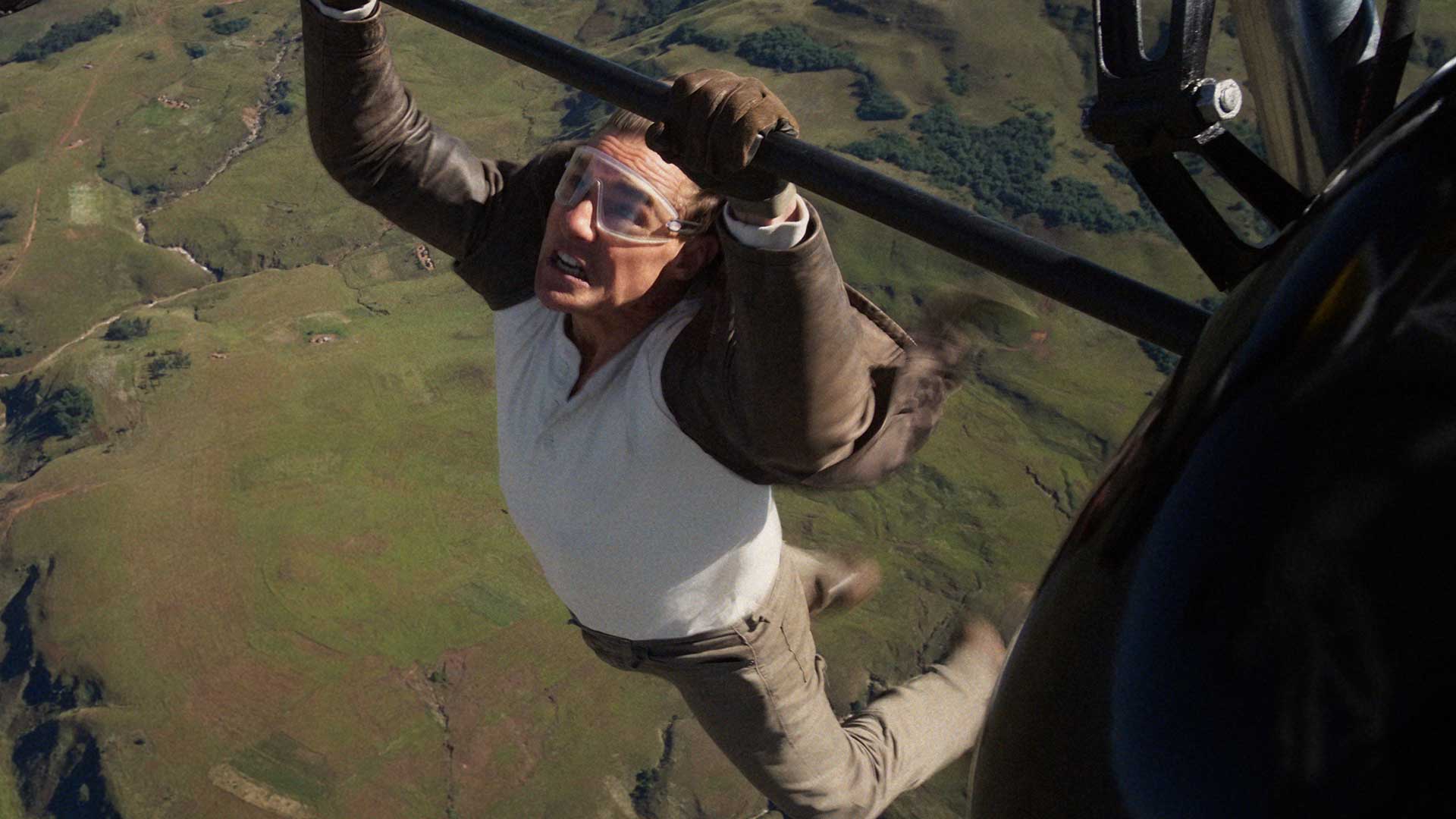Cruise Control: Constant Success Via Never Staying The Same
For most people success comes and goes – but for more than 4 decades Tom Cruise has made winning seem as easy as simply breathing in oxygen.
Tom Cruise plays Ethan Hunt in Mission: Impossible – The Final Reckoning from Paramount Pictures and Skydance. Image Courtesy of Paramount Pictures and Skydance.
Over the past 40 odd years there has been a selection of people who have risen to the very top of their profession, enjoyed a period of excessive success then faded or fallen from the spotlight into obscurity once more.
In the business world this list would include names like Michael Milken, Jordan Belfort and John McFee with more recent examples like Jack Ma, Sam Bankman-Fried and Elizabeth Holmes, to be joined no doubt soon by Elon Musk.
Such a list would be an awful lot shorter if you only included people who have been successful for the entire 40 year block; with only a handful like Warren Buffett, Charles Koch, Bernard Arnault and J.R.D.Tata coming to mind. Finding colossal global success is one thing – sustaining it over a couple of generations is obviously a massive ask.
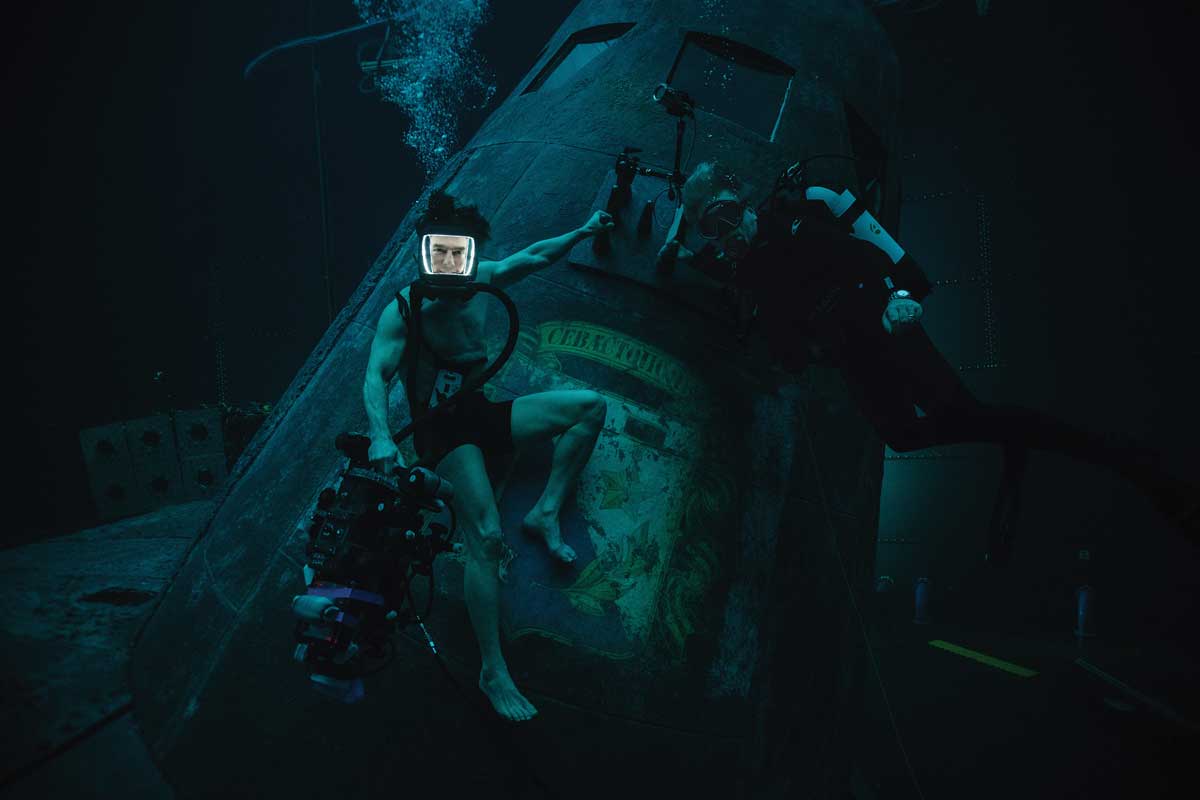
And that’s just in the business world! In the entertainment industry it’s even harder as not only do you have to create an endless series of worldwide hits, as a performer you personally have to remain relevant and exciting not only for the children of your original fans, but for their children too! If you don’t think that’s difficult, try asking Bono or Madonna how the last fifteen or twenty years have played out versus the previous twenty.
Becoming Hollywood’s Heaviest Hitter
Yet there is one guy who has brought Warren Buffett-like sustained mega success to the Hollywood box office – for decade after decade. Tom Cruise was making movies way back when Michael Milken was making zillions from junk bonds, he’s seen Jordan Belfort, Jack Ma and Elizabeth Holmes come and go and he’ll still be making movies when the former World’s Richest Man Elon Musk files for bankruptcy. As he said in Jerry Maguire; ‘And the hits just keep on coming!’
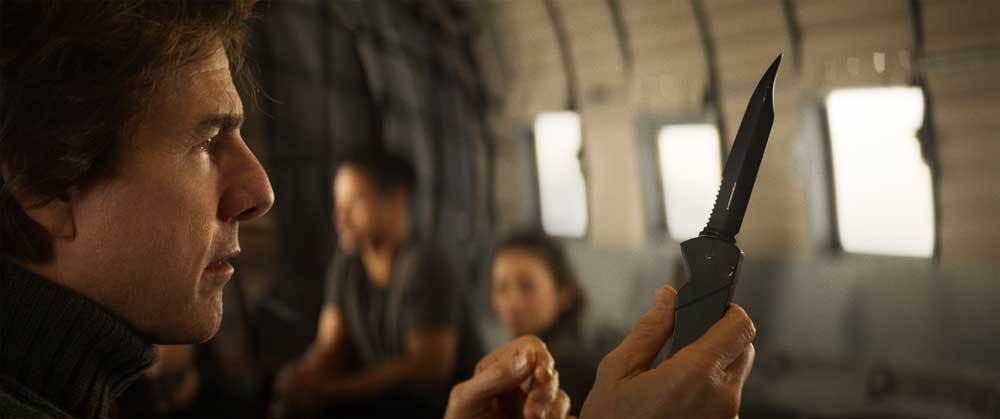
We looked at Tom Cruise’s success rate in the last issue when comparing him to the man who replaced him as Jack Reacher: Alan Ritchson. Though Tom’s Reacher was a bit of an air swing, the rest of his career has been exemplary, especially when comparing the ratio of big money-making hits versus box office bombs. Here, Tom is almost unparalleled with 10 blockbusters like Top Gun: Maverick and Mission: Impossible – Fallout, that made over US$600m; 13 hits like Jerry Maguire that made over $400m plus a host of successful movies that made a good profit like Rain Man – against only really one bomb that lost money; Lions for Lambs.
Though Tinsel Town success figures are notoriously untrustworthy and can look completely unrecognisable whether published in Variety magazine or on a 1120 Form to the IRS, that Tom Cruise is phenomenally successful is indisputable. It would be no surprise whatsoever to learn that the entire industry around a Tom Cruise movie made US$1 billion in profit in a single year from the venture. This means the Cruiser is comparable to the global Under Armour or Electronic Arts enterprises – just by himself.
So what has been his recipe for success? Certainly when Tom started out there was little sign of the Cash Behemoth he would become in 1981’s Endless Love – or even in 1983’s The Outsiders which pitted him alongside peers Matt Dillon, Patrick Swayze, Rob Lowe, Ralph Macchio and Emilio Estevez. Here, Tom was just another pretty face in a boy band of a cast, a fact he absorbed then so he could act upon it in just a few years time…
The Early Cruise Formula
Watch almost any early Tom Cruise movie and a pattern starts to emerge. Tom usually plays some form of cocky, ambitious, overachiever from a blue collar background with a chip on his shoulder and with some kind of gruff but well-meaning mentor. Then Tom meets a strong-willed girl next door type only to get betrayed by his mentor. This leads to a crisis in Cruise confidence but with the woman’s help he is able to overcome his self-doubt and ultimately win the day. Add in some well-chosen MOR music and some hot-looking guy-friendly machinery like a motorbike/racecar/jet fighter and you have an instant recipe for success.
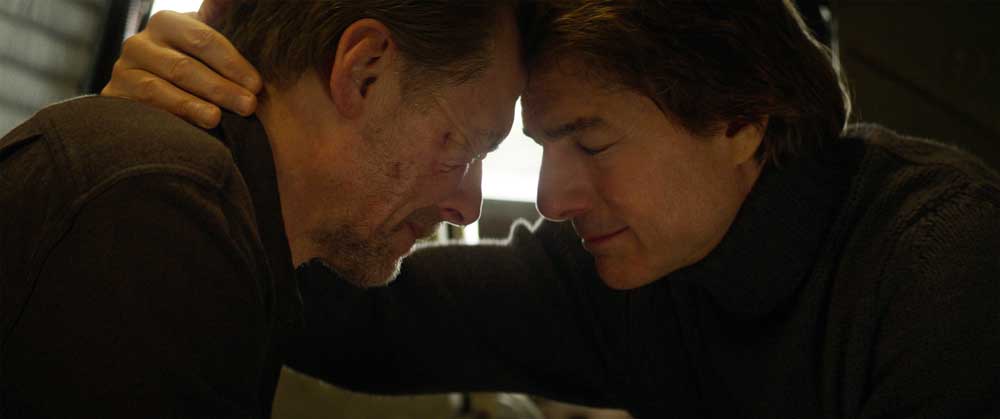
This formula really kicked in with Top Gun, the ultimate early Tom Cruise movie that put him on the map. Sure, he’d done a bunch before but, aside from his underwear dancing turn in Risky Business, nothing to differentiate him from the insanely popular Brat Pack crew of actors who were the cool kids of the time. This was Emilio Estevez, Anthony Michael Hall, Rob Lowe, Andrew McCarthy, Judd Nelson, Molly Ringwald, and Ally Sheedy who were in the John Hughes-directed teen angsty flicks like The Breakfast Club and Sixteen Candles. Though The Breakfast Club was very successful, taking in $51.5m for its $1m production costs, Top Gun was from an entirely different dimension raking in $351m and propelling Tom Cruise into the stratosphere – and leaving the Brat Pack behind choking in his jet wash.
Yet Cruise’s formula wasn’t unique by any means as a lot of other actors at the time had their own similar recipes for success; Emilio Estevez usually played some form of rebellious working-class brat and Molly Ringwald was the ultimate everygirl teen queen. But unlike Tom Cruise, these actors didn’t break out of their role pigeonholes quick enough – so got left behind once they stopped trending. Other super popular actors of the time, like action heroes Jean-Claude Van Damme and Steven Seagal didn’t have the range to do anything else, so ended up on the Hollywood scrapheap too.
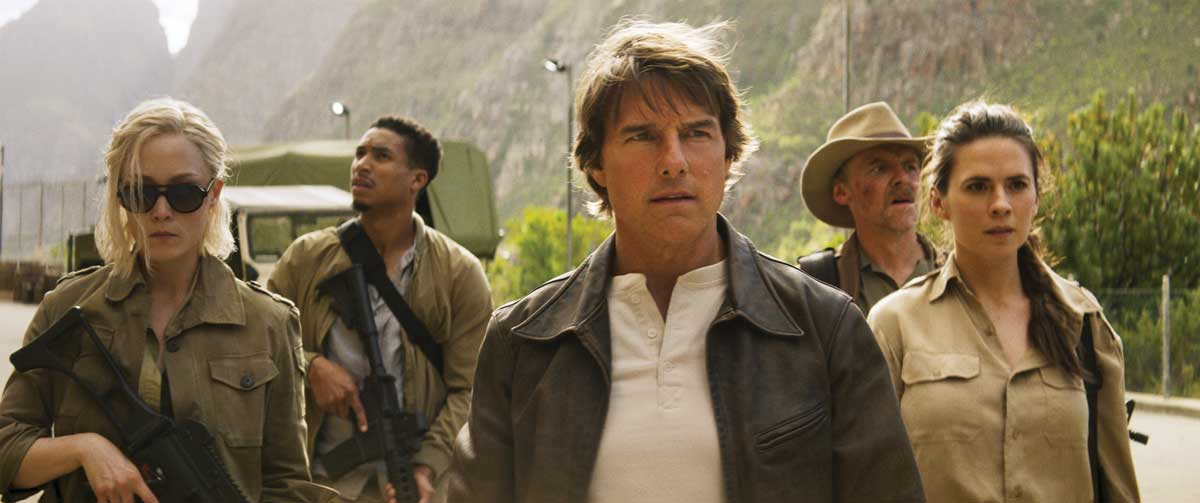
Zigging While the Others Zag
Possibly the first real signs that Tom was something else started just as the ‘80s were ending. Though Tom had already moved away from his formula to a degree with Rain Man in 1986, his decision to take on the role of Ron Kovic, a Vietnam vet cum anti-war activist in Born on the Fourth of July in 1989 really shocked the entire industry. Not only was he dealing with the type of anti-war material his jingoistic air-punching fans from Top Gun and Cocktail could potentially take issue with, he was in a wheelchair too which wasn’t a big turn-on for the girls either.
Unlike so many of his contemporaries of the time, Cruise was smart enough to know that just doing the same old roles would lead to an eventual dead end career-wise so he had to break out of his comfort zone. ‘I wanted to do something that mattered,’ he told Premiere Magazine in 1990, ‘You don’t get roles like this often, where you can show the raw truth of someone’s life. It changed me as an actor and as a person.’
It’s a different story now, but back in the ‘80s just because Tom wanted to do a movie didn’t necessarily mean he would get it. July’s director Oliver Stone hated Cruise’s mega-vehicle Top Gun intensely calling it a ‘fascist movie’ – but on the other hand, he was very intrigued by the idea of pretty boy Tom as Ron Kovic. In the end it was Tom Cruise’s famous keenness that won him over. ‘Tom had this fire, this intensity that matched Ron Kovic’s spirit.’ Stone recalled, ‘He wasn’t just a movie star—he was hungry to prove himself as an actor, to dig into the pain and anger of a man betrayed by his country. I saw that desperation in him, that willingness to break his own image. He wasn’t afraid to be unlikable, to show the rage and vulnerability. That’s what Ron’s story demanded.’
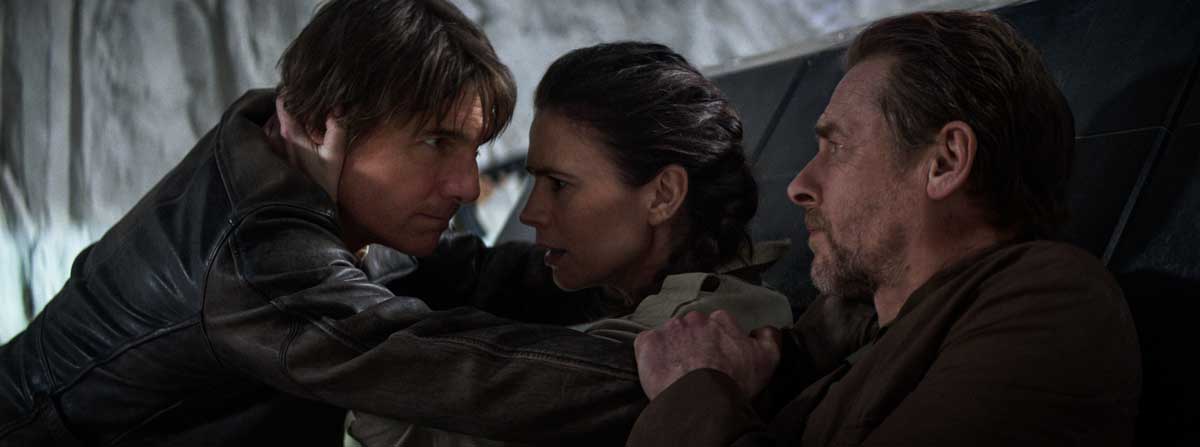
It’s fair to say Cruise’s performance wowed the critics with Roger Ebert noting ‘Cruise doesn’t just act Kovic—he inhabits him, exposing a shattered idealism that’s both haunting and heroic,’ while Rolling Stone called it ‘the performance that silenced anyone who doubted Cruise’s range.’ Not bad for a matinee idol! Ron Kovic himself was so impressed by Tom’s portrayal of him he gave Cruise one of the medals he received for his tour in Vietnam.
But it was Tom’s breaking of his carefully crafted image that had stunned everyone. Sure, guys like De Niro, Keitel and Dafoe had gone into even darker places than Ron Kovic – but they weren’t also in big money spinners like The Colour of Money or Cocktail. Tom Cruise had marked himself out as a unique actor in the Hollywood palette that you could never be quite sure what he would do next. And he was still only twenty seven!
A Few Good Risks
Tom went back to his formula for the next two; Days of Thunder and Far and Away. Then came A Few Good Men which, on the surface, might just look like the usual Cruise fare but there were also a couple of significant

